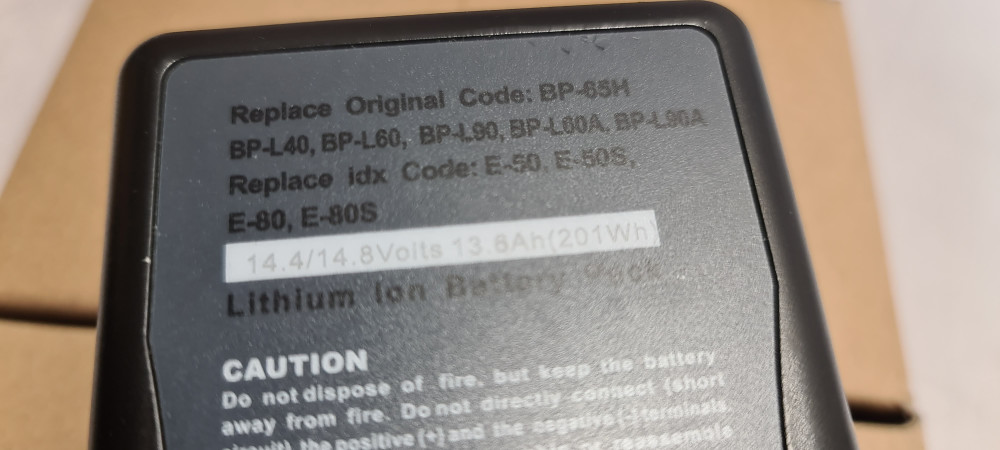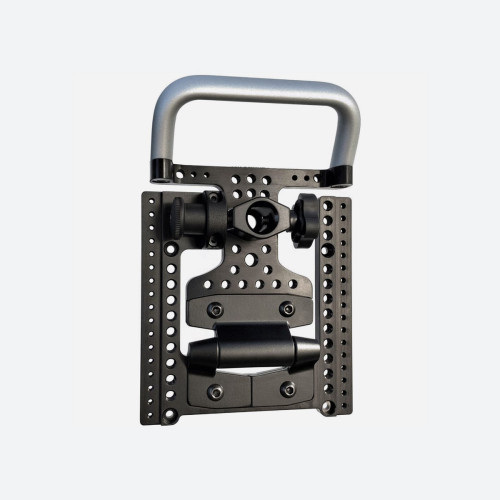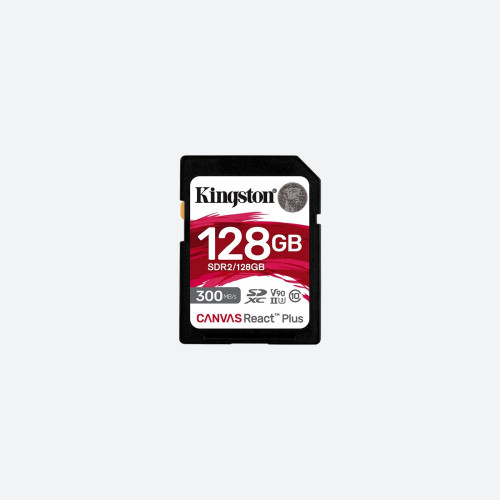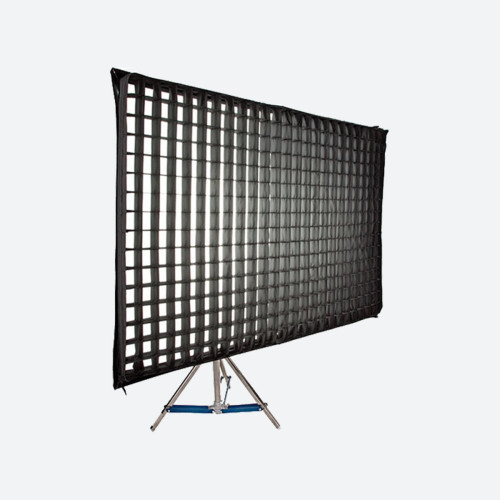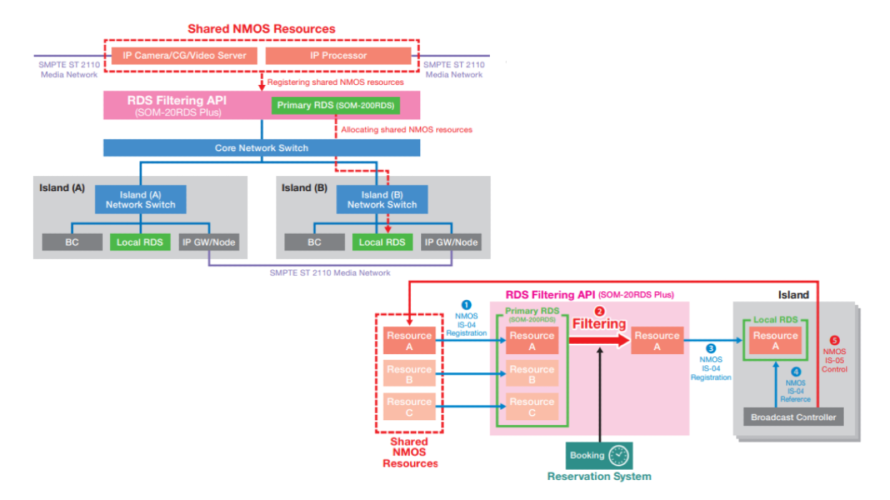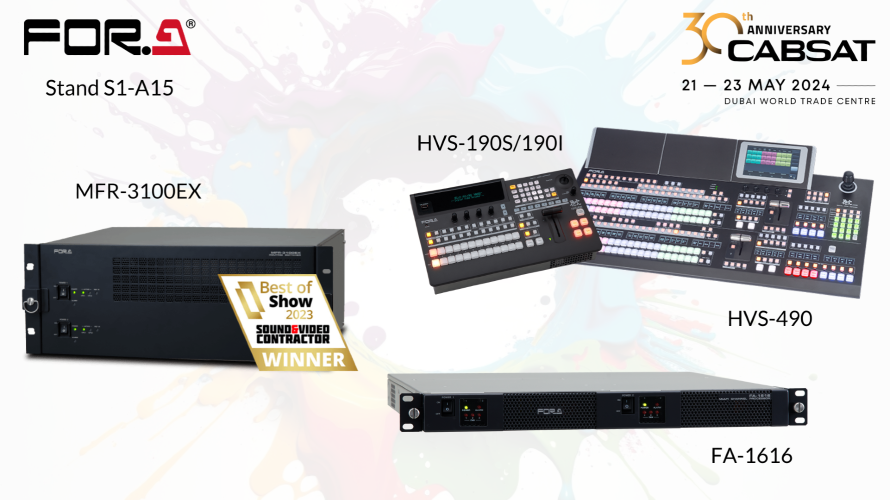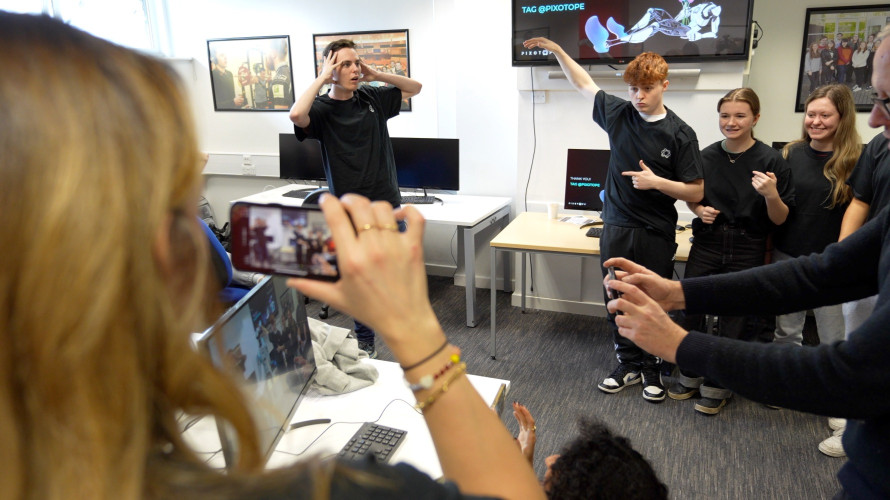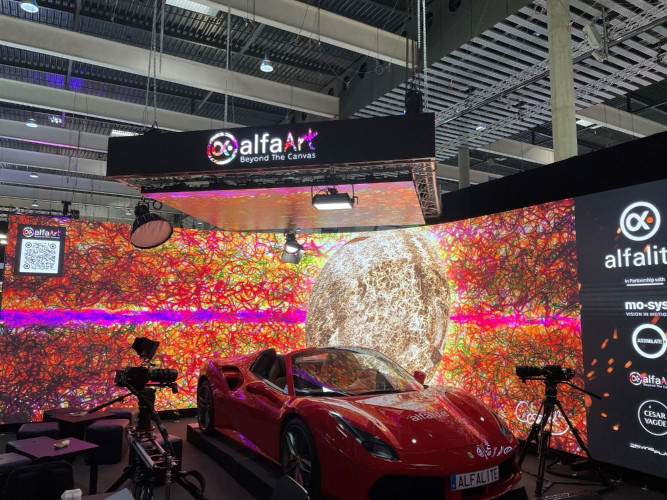Virtual sets come of age
Author: Dennis Lennie
Published 1st November 2008
Virtual studios (VS) have experienced a roller coaster ride of popularity through their short life. Initially they were hailed as the future for live broadcasting, seamlessly combining people and computer-generated environments without the need for post-production. But the racks of SGI computers, complex studio set-ups, complex camera tracking systems and 3D computer graphics ‘virtual set’ software that even highly skilled geeks took a while to set up, as well as the need for virtual studio experts, all made the systems too expensive to buy and run for wide deployment by broadcasters. But the idea was a good one, and today, after a lot of work on all aspects of VS technology, there are virtual set systems that can offer solutions to suit applications and budgets ranging from those of big broadcasters through to much smaller outfits such as those in the corporate and educational areas. Now the required technologies are more highly developed so, for example, computers can provide the necessary 3D image sources at a more reasonable price – thanks to the huge advances in both graphics cards and software. These help but are only a part of the solution that has made virtual studios more widely available and useable.
Despite the 3D graphics computer workstation developments, they do still add a significant part of the cost of the complete VS systems. The VS principal involves manipulating computer-generated 3D images – the virtual bit – so that they perfectly track the movements and changes of the studio cameras. Typically in a news bulletin, the cameras are focussed on the newsreader placed in front of a blue screen; the studio vision mixer then keys the reader over the CG background. But, of course the idea is to be able to move the camera and have the background move appropriately at the same time – to look as if both were shot live by the same camera.
The CG images are much bigger than the studio camera pictures to allow the pans, tilts and zooms of the camera to be matched by the background CG without exposing their edges. These camera movements are picked up by sensors on the camera and fed to the 3D CG virtual set workstation that then manipulates its output accordingly. Some VS set-ups also allow for cameras to travel around the studio, involving more sensors, cost and complexity. Of course, shooting with just one camera would make for a rather dull presentation so, typically, three are used, with one CG workstation for each, so providing three separate backgrounds and foregrounds to the vision mixer.
FOR-A recognised where the difficulties and cost was adversely affecting the progress of virtual studios and so did something about it. One problem was in camera sensor set-up. This involved experts to calibrate the camera pan, tilt and zoom sensors’ data so that the CG background can be moved in perfect sympathy with the camera, not too much and not too little! The introduction of FOR-A’s ifCALIB interface calibration software now greatly simplifies this task so it can be done quickly and without specialist experts. With this system the camera itself does not travel around the studio, so further simplifying set up and greatly reducing costs.
Despite the advances of technology, another high cost area is still the computers, as one is required per camera. Logically the virtual studio output usually only shows the result of one camera and one computer at a time, so why have more? Of course, cameras cannot instantly change shots, but computers can! So FOR-A introduced its DSC100/200 interface control boxes that switch the cameras’ sensor data feeds, carried over RS422, to a single CG workstation as the studio mixer cuts between cameras. The workstation is able to immediately produce the appropriate background in the right 3D position for that on-air camera. So this further reduces system costs by using only one CG workstation.
FOR-A is well known for its wide range of vision mixers and so can provide for that element of the virtual studio, but it does not have the expertise needed to produce the 3D CG image software. For that it has partnered with Brainstorm Multimedia who provides 3D virtual set applications including Easyset3D. Clearly Brainstorm realised the need for a user-friendly 3D graphics application and Easyset3D provides an extremely simple GUI that pretty much anyone can easily use. It can include a useful starter pack comprising a large number of different objects that are pre-set in a library. As a result you can build a virtual scene by simply selecting and placing the objects on the walls ceiling and floor of your virtual set. Some say they are up and running after two minutes! So this software has earned a reputation as the beginner's choice for 3D virtual software and a part of a virtual set that anyone can easily use. Of course the use of Easyset3D can extend into more complex operations and set-ups and it plays a vital part in extending virtual studio use not just too big broadcasters, but also to smaller stations, schools and corporate set-ups.
One of the many advantages of virtual studios is that they can create a big-set look from a really small studio. Howden in East Yorkshire is the location of the main operations centre of the Press Association. Renowned for many years as a producer of press reports it is vigorously exploring expansion into new media, while still retaining its core text and still picture service at the heart of the business. As a part of this new strategy it has installed a virtual television studio within 6.5 x 6.5m of its offices.
The requirement was to build a very adaptable studio to cater for clients’ needs and to be future-proof. Set building and replacement would have been impossible in the office area available whereas, with a virtual studio, sets could be changed with a few mouse clicks. The FOR-A digiStorm (a combination of FOR-A and Brainstorm) virtual studio system was selected and initially equipped with two remotely controlled cameras steered from the adjacent control room. The set-up included a FOR-A VPS studio vision mixer. It is an integral part of the virtual studio equipment where the live images of the newsreader, reporter, linkman, etc, are keyed in over the virtual set images.
This virtual studio is a part of a larger move where existing PA journalists from around the UK are being trained to become multi-skilled. They are expanding on their traditional text and still picture-based operations to involve using video cameras and other skills and make them video journalists (VJs) who can shoot and edit video news packages, as well as, in some cases, continuing with their traditional ‘text’ operations.
The transformation of virtual studios from the initial designs has involved considerable further development of most of the technologies involved, as well as some new and innovative ideas. A very obvious example of the progress is the 3D graphics ‘virtual set’ workstations that used to occupy a rack now pack into a standard PC tower unit, and cost a fraction of the original price. FOR-A’s approach to virtual studios with pan, tilt and zoom live camera controls provides the freedom to make attractive productions without the extra hassle and expense of tracking moving cameras. FOR-A has also greatly simplified the set-up process with its ifCALIB interface calibration software allowing existing studio engineers to do the job. Similarly, the use of Brainstorm’ Easyset3D to generate the 3D virtual sets means that regular staff can quickly produce results. Overall, FOR-A’s innovative approach to virtual sets has helped to make them both more affordable and easier to use. As a result their appeal is widened to include broadcasters big and small as well as the corporate market.



